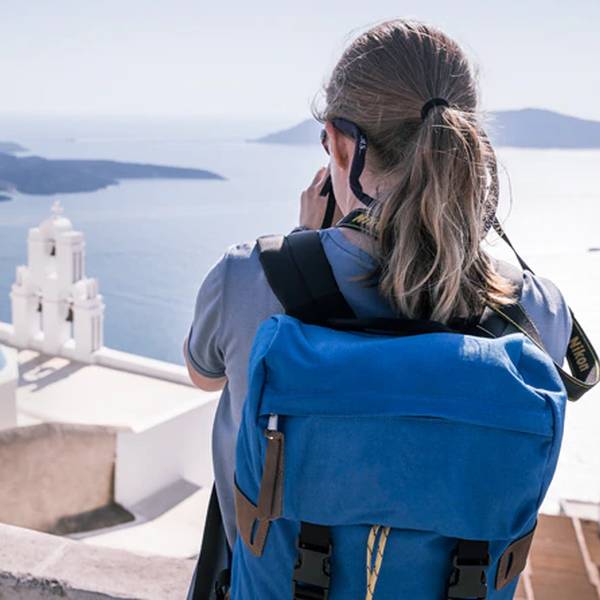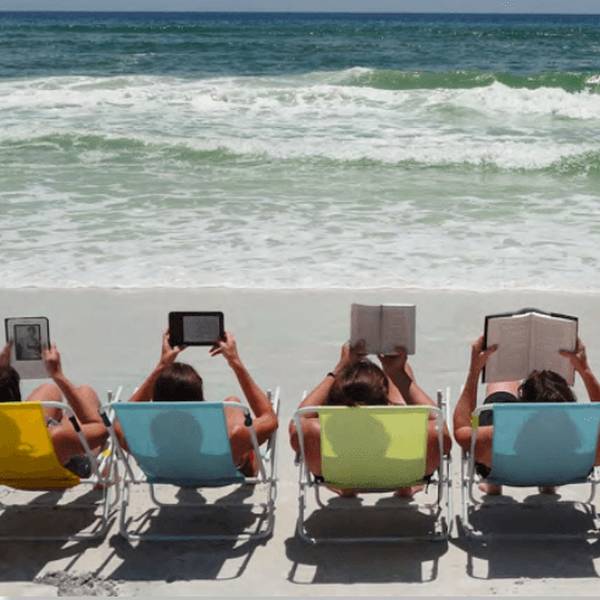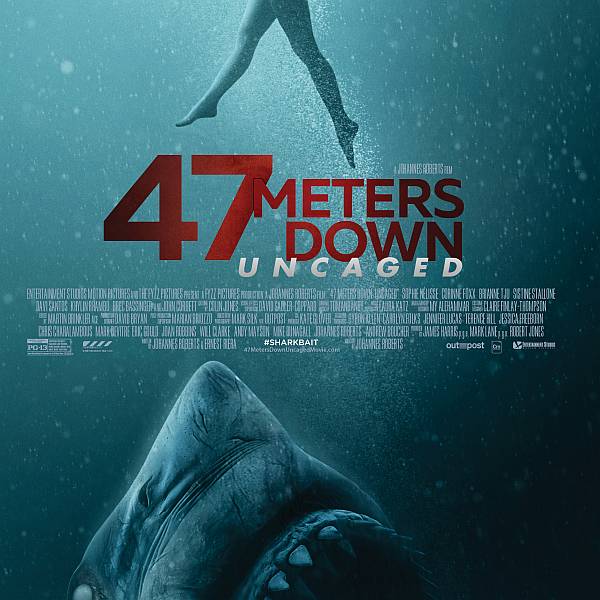Tips for easing into solo travel

Since 2012, Kristin Addis has been traveling the world. More often than not, she’s solo.
The former investment banker decided to sell her belongings five years ago and hit the road. She since has lived in silence at a Buddhist monastery in Thailand, trekked to see gorillas in Uganda and hiked on glaciers in Patagonia.
For Addis – who blogs about her experiences at bemytravelmuse.com, and wrote a book on traveling solo, “Conquering Mountains: How to Solo Travel the World Fearlessly” – traveling solo is easier than negotiating with a travel companion.
“You make all the decisions,” she says. “You get to just wake up that day and say ‘I want to go somewhere.’ Or ‘I really like it here, I think I’ll stay five more days.’ And you don’t need to ask anyone if it’s okay with them.”
Plus, she says, traveling alone is a great way to learn about yourself and put your skills to the test.
“You’ll become so much better at problem solving, because you learn very quickly that there is absolutely zero point in sitting around crying about it,” she says. “Because no one is going to come fix it.”
Here are her tips for traveling solo.
Start small: If you’ve never traveled by yourself and are considering a lengthy solo trip, it might help to test the waters – and calm anxious friends and family members – by going on a small trip first. “If you’re going to go on a big solo trip, your friends and family might be trying to talk you out of it. [A smaller trip] is a good way to show them, ‘Hey I can do this just fine,’ ” Addis says.
Choose a social (but not romantic) destination: If you’re concerned about getting lonely, Addis suggests visiting a place that’s popular for solo travelers, such as Southeast Asia, Central America or South Africa. There, you can meet people of all ages and backgrounds, many of whom are also looking to connect with others. Whatever you do, Addis says, avoid places that are known for being particularly romantic. “I would pick a part of the world where it’s not going to be all honeymooners,” she says. “As a first-time solo traveler, that can be kind of tough.”
Talk to the locals: Want to know the must-see/must-eat spots in a town? Ask someone who lives there. If you’re shy about striking up a conversation with a stranger, Addis suggests heading to a local pub or getting involved in an endeavor where you might meet others, such as rock climbing, scuba diving, surfing or hiking.
Connect using technology: Addis says that she knows many people who use the app Tinder when they travel and specify that they’re a tourist and looking for people to hang out with (rather than looking for a date). Accommodation options such as Airbnb.com and Couchsurfing.com can also be a good way to meet locals (and save money), and sites such as mealsharing.com and eatwith.com offer the chance to break bread in a local’s home. Meetup.com is a site that connects like-minded people in cities around the world for an array of interests – including biking, spirituality, art, yoga, games and drinks.
Get psyched for dinner: Even after five years of traveling the world on her own, dining solo still gets to Addis. “That never gets easier,” she says. Sometimes, she’ll head to the bar at the local hostel and see if there are other travelers interested in going out to eat together. Other times, she’ll feast on street food or grab something on the go. Or there’s always the bar option within a restaurant, where it can be easier to strike up conversations with other diners and the bartender. A number of times, she says, as she was reading a book in a restaurant, other solo travelers spotted her and asked if they could join. “The cool thing is if you’re traveling in a place that attracts a lot of other travelers, there will be other people also by themselves. That’s what really surprised me, how many other solo travelers there are out there,” she says.
Choose places where the dollar is strong: Since you’re not splitting costs with another traveler, solo travel can get expensive. Opt for places where the dollar is strong. It’s a good time to book a trip to Canada, for example, where a U.S. dollar equals about $1.32. The Singapore dollar has fallen in recent years, and your dollar will exchange for about $1.38 in Singapore. Addis adds that by traveling to economically developing areas, such as Costa Rica, Cambodia, Bali and others, you can really stretch your cash. “It’s amazing how your money doubles or triples in value,” she says.
Use common sense when it comes to safety: Addis is asked about safety a lot. Her advice: “The things that you do at home to stay alive make a lot of sense abroad.” Don’t drink too much, don’t walk by yourself at night if it’s not safe, don’t be afraid to splurge on Uber (on which information is recorded and your journey will be tracked, unlike in a cab), and trust your intuition. She says that when traveling solo she sometimes feels safer than when she’s with others. “The great thing about traveling alone is that you’re hyperaware. Nobody is distracting you,” Addis says. “A lot of people think this makes you a target. I find I’m able to say yes more. When locals notice me by myself, they tend to want to take me under their wing or invite me to a meal with their families.”
Give yourself permission to take a trip: Addis says that she encounters a lot of misconceptions about solo travel. She says that people assume solo travelers don’t have friends, or that they can’t travel alone if they have a partner and/or kids. She says that traveling alone is an empowering and enlightening experience, and encourages everyone to do it: “It’s all right to go off and do your own thing even if no one around you understands or agrees with it. You really just get one chance at life. You don’t need to wait for somebody to come with you.”
—
Silver is a writer based in Chicago. Find her on Twitter at @K8Silver.











 Claire Holt and Mandy Moore on set making “47 Meters Down” (Courtesy photo)
Claire Holt and Mandy Moore on set making “47 Meters Down” (Courtesy photo)






 Turneffe Island Resort
Turneffe Island Resort Turneffe Island Resort
Turneffe Island Resort Turneffe Island Resort
Turneffe Island Resort Turneffe Island Resort
Turneffe Island Resort Turneffe Island Resort
Turneffe Island Resort Turneffe Island Resort
Turneffe Island Resort Photo Credit: Noa Enav
Photo Credit: Noa Enav Dive with sharks on Discovery VR.
Dive with sharks on Discovery VR. Travel virtually with a friend with StreetView VRPhoto courtesy of StreetView VR
Travel virtually with a friend with StreetView VRPhoto courtesy of StreetView VR Jaunt VR lets you tour Machu Picchu from your living room.
Jaunt VR lets you tour Machu Picchu from your living room. Ascape lets people upload their own VR travel pieces—or check out destinations they’re considering.
Ascape lets people upload their own VR travel pieces—or check out destinations they’re considering.